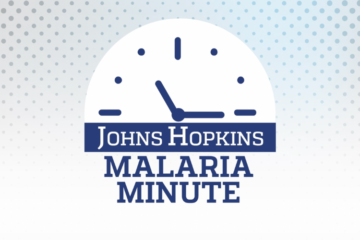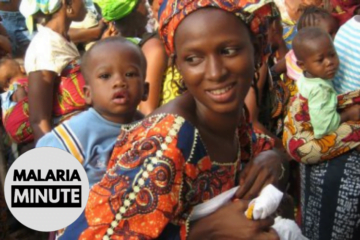The Latest Malaria News, in 60 Seconds.
Researchers produce a ‘cell atlas’ of the mosquito immune system, and new hydrological prediction models identify a more complex pattern of malaria suitability.
Malaria Minute on iTunes and Spotify
Transcript:
Researchers have produced a ‘cell atlas’ of the mosquito immune system using single-cell sequencing. This more granular understanding of how the mosquito fights infection at the cellular level is key to developing new therapies against malaria. One potential approach involves ‘immune priming’; stimulating immune cells to develop adaptive immunity and protection for future infection. The researchers in this study identified that a particular cell, the megacyte, is involved in this process.
Malaria transmission is dependent on both air temperature and the availability of stagnant water, and both are dependent on climate change. By using models that consider water movement and usage – not just the amount of water falling from the sky – researchers have identified a more complex pattern of malaria suitability. This new type of hydrological model demonstrates different transmission patterns depending on the local geography.
Sources:
Mosquito Cellular Immunity at Single-Cell Resolution
Image Credits: CDC/ James Gathany [18754]
Scientific Advisor: Elena Gómez-Díaz, Institute of Parasitology and Biomedicine, Spain


